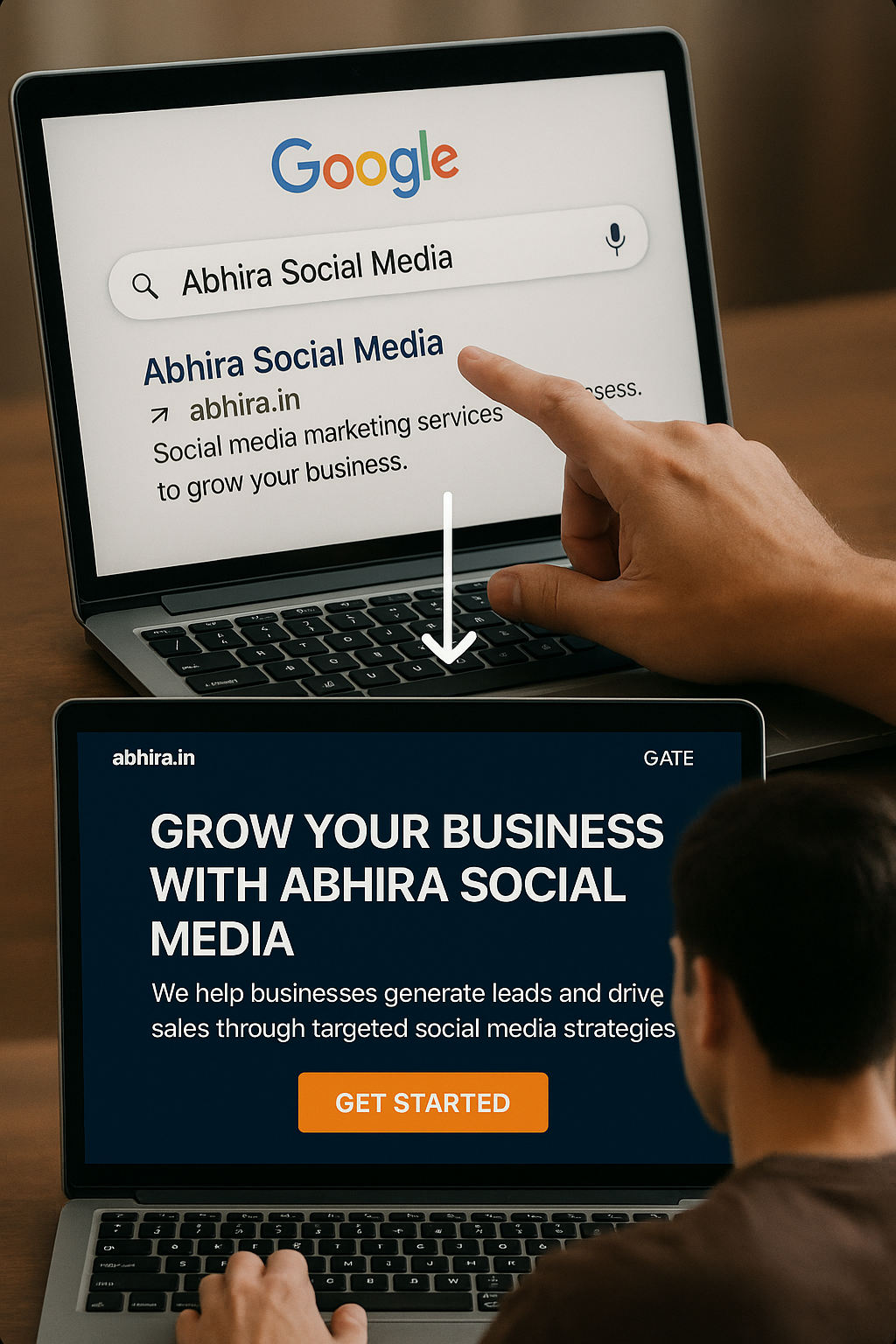Reaching Global Target Audiences Through Social Media

Effectively reaching global audiences on social media requires a strategic, multi-faceted approach. The first step is understanding your audience: a social media target audience is “a specific group of people you aim to reach… [who] share common characteristics like age, location, income, and lifestyle.” Use analytics tools and research to segment this audience as narrowly as possible. For example, examine your competitors’ ad targeting (Facebook’s “Why am I seeing this?” insight) to infer demographics and interests. Collect data on your own followers’ location, language, and behavior. This lets you tailor content specifically to each segment. Remember that a one-size-fits-all strategy won’t work globally: people in different countries have different cultural expectations and preferences. For instance, multinational brands localize content by language and culture – KFC’s Kazakhstan Instagram uses Kazakh and region-specific menu items to engage local consumers.
Content Marketing Strategies
Content marketing is a cornerstone of reaching target audiences. A global content strategy goes beyond simple translation: it involves creating and distributing content across multiple languages and cultures. For example, local keyword research can yield up to 40% more search volume than literal translations. Tailor your content to local interests and SEO practices. Use diverse formats (blog posts, videos, infographics, podcasts) to match the preferences of each market. As one guide notes, “using the type of content that consumers want to engage with can expand your reach” – especially short-form video on platforms like TikTok, Instagram Reels and YouTube Shorts. Schedule posts for local time zones to hit peak usage hours and plan around regional holidays (e.g. Chinese New Year, Ramadan).
The fast-food chain KFC illustrates effective localization: its Kazakhstan social posts use Kazakh and Russian text to promote regional menu items.
Key content marketing best practices include:
-
Localize language and culture. Create versions of content in your audience’s native language and reference local trends. This boosts engagement, since people “engage more with content that speaks their language.” Abhira.in, for example, supports many languages (English, Arabic, French, Spanish, etc.), enabling brands to publish multilingual content.
-
Define clear goals. Align content with objectives (awareness, leads, sales) and track metrics. A solid strategy can open “new markets,” enhance brand image, increase engagement, and improve SEO.
-
Consistent quality. Post regularly with high-value content (tutorials, news, tips) to build trust. On tech platforms like Abhira.in, contributing expertise on trending topics or reviewing new products can attract niche audiences.
-
Use platform features. Tailor content to each network (e.g. infographic on LinkedIn, memes on Facebook, short clips on TikTok). Stay on-trend: for example, app marketers use user-generated content formats (“Shot on iPhone” for Chinese New Year) to localize campaigns.
Influencer Collaboration Strategies
Influencer marketing connects brands with engaged communities through respected voices. The four influencer tiers (mega, macro, micro, nano) range from broad-reach celebrities to niche community creators.
Partnering with influencers is a proven way to reach new audiences. “Collaborating with an influencer draws a wider audience to your brand,” boosting awareness through the trust influencers have built with their followers. Influencers effectively provide social proof, making their audience more receptive to your message. Importantly, you can target very precisely: choose influencers whose followers match your demographic. This “ensures [your] message reaches the right audience and is delivered from a perspective that resonates with [them].” Influencer campaigns also drive higher conversions: they often include interactive elements (giveaways, challenges, exclusive codes) that prompt followers to act. These collaborations feel authentic – influencers share genuine opinions and engage with comments, which deepens trust and boosts conversion rates.
Best practices for influencer marketing include:
-
Select the right influencer size. Mega-celebrities offer massive reach but broad audiences (and high cost). Micro- and nano-influencers have smaller but highly engaged followings and are cost-effective. For niche products, micro-influencers in that field can deliver more meaningful results.
-
Ensure alignment. Check that the influencer’s content theme and audience fit your brand. Review their engagement quality (avoid fake-followers) and past collaborations. Social listening can help identify which influencers resonate with your target.
-
Co-create authentic content. Collaborate on creative formats – e.g. live demos, reviews, challenges – that allow the influencer’s personality to shine. Provide them with product knowledge and brief goals, but let them communicate naturally.
-
Track impact. Use trackable links or promo codes to measure the campaign. The right analytics will tie influencer outreach to sign-ups, sales or traffic.
Community Engagement and Loyalty
Actively engaging your social media community builds loyalty and spreads your message organically. Engagement encompasses likes, comments, shares, mentions, messages, and other interactions. Each action signals interest: for example, likes and shares amplify visibility (followers see their friends’ actions), while comments and mentions show that people care enough to discuss your brand. Consistent engagement with social media users helps build a sense of community and loyalty and makes followers feel valued.
In practice, this means:
-
Interact regularly. Reply to comments and messages promptly. Acknowledge feedback and incorporate suggestions. This personal attention makes followers feel heard. Encourage followers to share their own experiences and feature user content, which turns them into advocates.
-
Foster conversation. Ask questions in your posts, run polls or Q&As, and invite opinions on relevant topics. Host live video sessions where you interact in real time. This not only creates fresh content but also deepens relationships.
-
Encourage user-generated content. Contests, challenges, or branded hashtags motivate followers to create content about your brand. When users share photos or stories featuring your product, it serves as authentic word-of-mouth.
-
Monitor feedback and sentiment. Use social listening tools to track how your audience feels. If engagement is low or negative, adjust your content accordingly. Positive comments confirm you’re on the right track; criticism highlights areas to improve.
Building a strong community on Abhira.in or any platform means treating followers as partners. For example, tech brands on Abhira.in can host webinars or AMA (Ask Me Anything) sessions to directly engage developers. By valuing their input, you not only increase loyalty but also turn followers into brand advocates.
Advertising for Precise Targeting
Paid social advertising amplifies reach by putting your content directly in front of defined audiences. Social media advertising is a brand’s best bet for reaching new audiences – adding budget virtually guarantees that someone will see your posts. More importantly, you control who sees them. Platforms like Facebook, Instagram, LinkedIn and TikTok offer detailed targeting by demographics, interests, behavior, and even location. This micro-targeting maximizes efficiency: you show ads only to users most likely to care, stretching your budget further.
Key benefits of social media ads include:
-
Specific targeting. Use audience filters (age, language, interests, lookalikes) to zero in on your ideal customers. For instance, you might target tech startups on LinkedIn or foodies on Instagram. Custom audiences (e.g. website visitors or email lists) and retargeting help re-engage people who’ve already shown interest.
-
Real-time optimization. Social platforms provide instant feedback on your ads. Monitor performance (CTR, impressions, conversions) and adjust budgets or creative in real time. If one ad set outperforms others, shift more spend there with a click.
-
Measurable ROI. Unlike organic efforts, paid campaigns report clear metrics (cost per click, cost per acquisition, return on ad spend). You can tie ad spend directly to leads or sales, proving the campaign’s value. Social ads make simple ROI tracking possible.
-
Flexibility. Set budgets and schedules by campaign. Run short-term promos or long-term brand-building ads. A small daily budget can be highly effective if well-targeted.
Choose your ad platforms based on where your audience spends time. For example, younger demographics may be best reached on Instagram or TikTok, while professionals are more active on LinkedIn. Always tailor your ad creative to the channel’s style (e.g. carousel ads on Facebook, story ads on Instagram) and test different images and copy.
Leveraging Analytics and Data
Data analytics ties everything together by revealing what works and what doesn’t. Track key metrics across all your channels: reach, impressions, engagement (likes/comments/shares), click-throughs, conversions (sign-ups, downloads, sales), and customer feedback. Measuring engagement allows for a comprehensive understanding of how your content resonates with your audience. Monitoring these metrics enables continuous improvement: low engagement means it’s time to refine your content, while successful posts can be studied and replicated.
Practical analytics tips:
-
Use UTM parameters. Tag links in your posts and ads so analytics tools can attribute traffic and conversions to specific social campaigns. This ensures “consistency and accuracy” in measuring results.
-
Social platform insights. Most networks offer data on follower demographics and post performance. Dive into this to see which content types and posting times get the best response.
-
Track ROI goals. Define what success means for each campaign (e.g. email sign-ups, app downloads). Calculate basic ROI as (Revenue – Cost) ÷ Cost, remembering that social ROI isn’t just sales. Brand awareness or engagement can also be valuable objectives.
-
Listen and adapt. Use social listening and surveys to gauge sentiment. Track mention volume, sentiment, and patterns to shape future campaigns.
- Web Development
- Art
- Causes
- Crafts
- Dance
- Drinks
- Film
- Fitness
- Food
- Spiele
- Gardening
- Health
- Startseite
- Literature
- Music
- Networking
- Andere
- Party
- Religion
- Shopping
- Sports
- Theater
- Wellness




